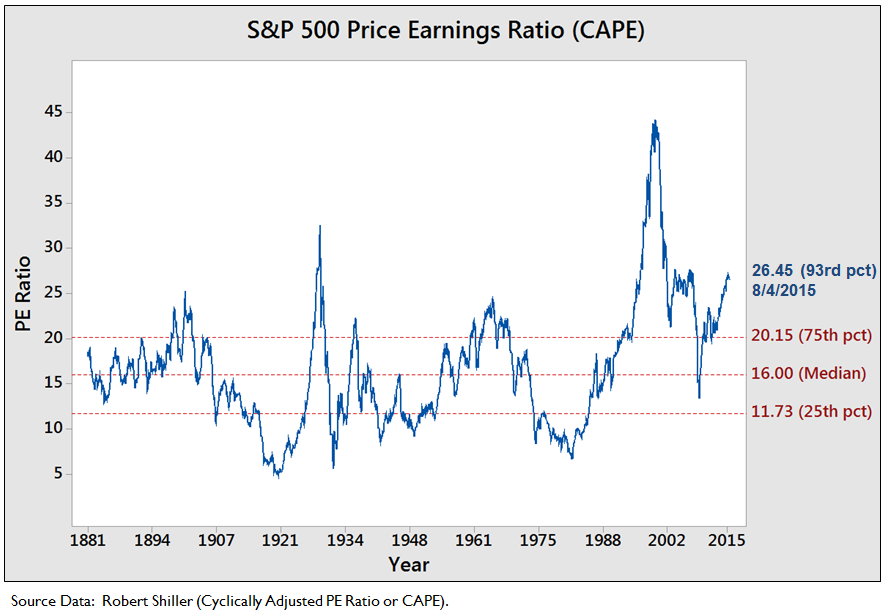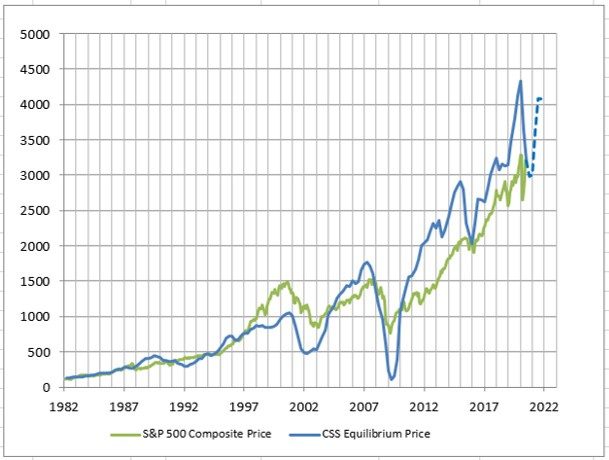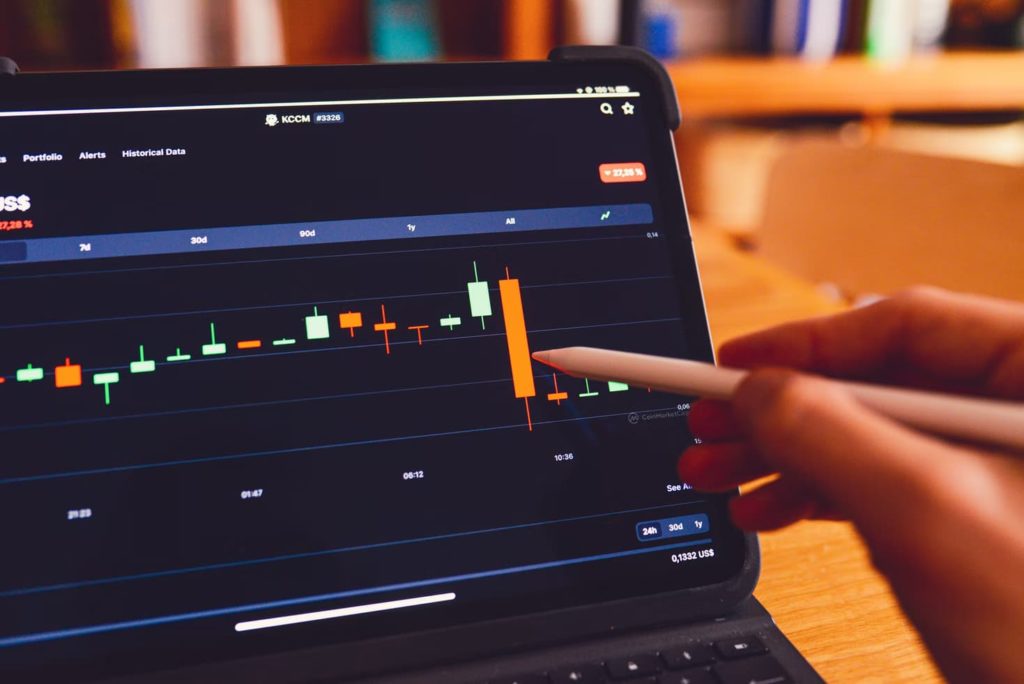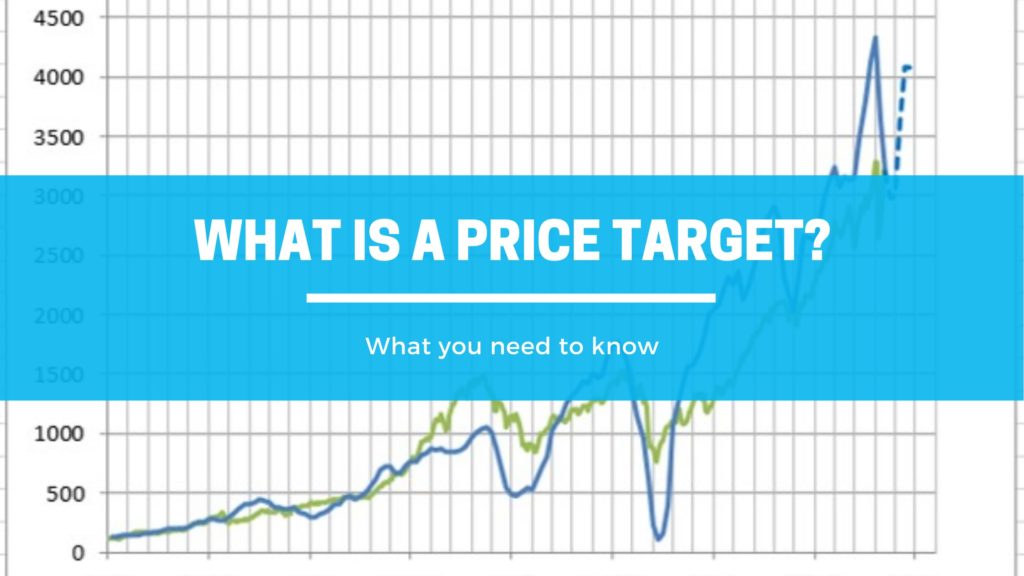Have you ever heard of the term price target and wondered what it means and how it can affect your decisions and strategies as an investor? If so, read on!
In this article, we’ll be explaining what a price target is, how to calculate it, and whether or not you should take it as a reliable prediction of a stock’s future price.
The Definition of a Price Target

A price target is price at which an analyst believes a security will be fairly valued based on its projected earnings and historical data. When the price target raises, it is expected that the stock value will rise. In other words, a stock's price target is the level at which it is fairly valued in relation to its historical, as well as future earnings
All forms of securities, from complicated investment instruments to bonds and stocks, can have price targets. When an analyst sets a price target for a certain stock, they’re attempting to determine how much this stock is worth and where the price will be in the next year.
Creating a multiple P/E ratio — by multiplying the market price by the firm's trailing twelve-month earnings — is a standard approach for analysts to determine a stock's price target. When an analyst raises a stock's price target, they usually expect the stock price to go up as well. Lowering the price target, on the other hand, could indicate that the analyst anticipates the stock price to fall.
Price targets are determined by the firm issuing the stock's value. Most of the time, they’re published by analysts in formal reports, and investors use them to decide whether or not to purchase or sell a certain product. Price targets can vary over time as new information becomes available.
Purchasing or selling stocks when they’re trading below or above their price targets, respectively, give you a good opportunity to maximize your profits. Although understanding how price targets work and how they’re calculated and applied can help you improve your investing skills, it's not required.
What Determines Price Targets
A price target is mainly determined by estimates about future supply and demand, fundamentals, and technical levels for a given security. Analysts, as well as financial institutions, usually use different valuation methods and consider various economic situations.
Some other factors can also help analysts set their price target, like reviewing the financial statements of a corporation and comparing them to historical results, the competitive environment, current economics, analyzing other ratios, and studying the health of a corporation's management.
Finding areas of clear support and resistance is one way analysts set price targets. It is done by charting a price that moves between a minimum of 2 similar lows and highs without going past these high or low points anywhere. Price action, Indicators, statistics, price momentum, and trends are also used to forecast a security's future price.
Calculating Price Targets

To calculate a price target, analysts use the following formula:
Price Target = Current Market Price * [(Current P/E) / (Forward P/E)]
The aim of price targets is to forecast how much a certain security will be valued at in a certain period of time. Answering this question requires estimating the security's future price based on a combination of data points and assumptions about the future value of the security.
Remember, because price targets include expert prediction, individual investors may not be able to perform the calculations on their own and will have to rely on market specialists.
Traders and Price Target
When the initial predicted value of a trade has been recognized, traders will often attempt to exit the position at that specific price. They can and should set their price targets for exiting and entering positions, even though price targets might help them decide whether to purchase or sell a stock.
Note: You cannot predict the price at which a stock will trade in the future. However, a security's price can be greatly affected if a well-known analyst changes the price target.
Price Targets Accuracy

According to studies, the accuracy rate of price targets for 12-18 month timeframes has been roughly 30% in the past. Price targets are based on forecasts of future P/E ratios, meaning that they’re reliant on forecasts of future earnings. It's tough to make reliable predictions about future earnings. As a result, the target price is susceptible to the risk that the estimate is inaccurate, and that the real price will differ from the target price, which can affect your strategy as an investor.
We can compare price targets to weather forecasts in that they indicate an expert's prediction for the future, backed up by currently available data. However, because the factors affecting the data can change without warning, price targets, just like weather forecasts, may lack accuracy.
Price targets fluctuate over time, making them inaccurate, moving targets. Moreover, price targets aren’t advice to purchase or sell a certain stock. They're merely an estimate of analysts' expected stock price at a specific time in the future. So, no matter how experienced an analyst is, price targets are just an educated guess at the end of the day.
Price targets do, however, have the power to influence your overall sentiment as an investor, especially if they originate from a reputable analyst.
The Bottom Line
Price targets can be considered a useful part of your personal investing analysis and decisions, but they shouldn't be a sufficient indication to make you actually purchase or sell a certain stock.
And since they’re normally issued for periods of approximately 12 months, they’re not crucial for long-term investors, such as those who pursue a buy and hold strategy. Index investors are similarly unconcerned about price targets since they'll hold whatever is in the index regardless of a stock price target.




